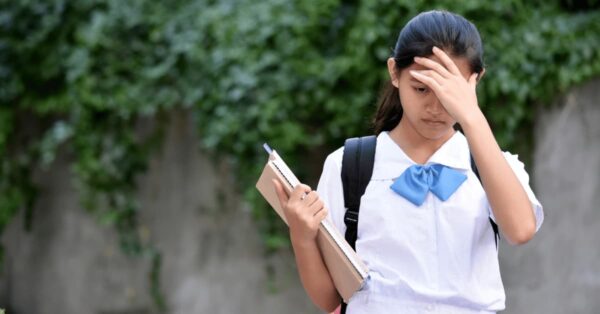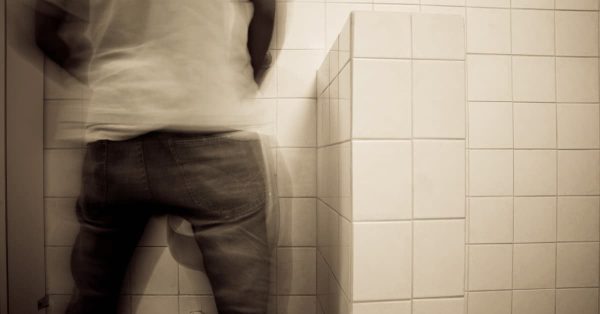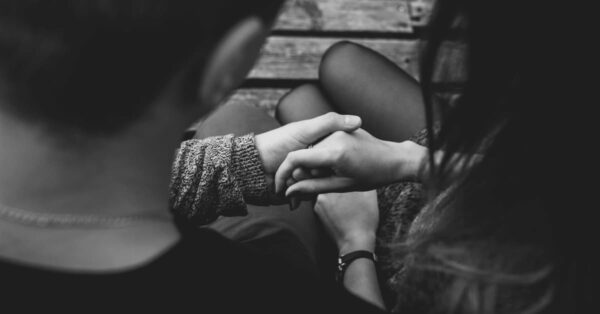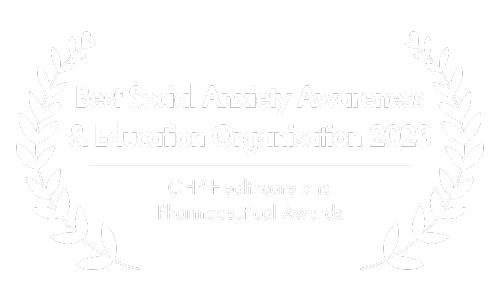Social Anxiety in College Students: The Neglected Pandemic
To some extent, social anxiety plays an important role for all of us.
The psychosomatic arousal – alertness, shaking, sweating, etc. – is a signal from our bodies that it is important that we behave in a certain way, make good impressions, and help others to feel comfortable in our presence.
These are the mechanics of social cohesion, and our nervous system is intelligent to realize there is a threat if cohesion is not present.

However, often the levels of anxiety become so high that they actually start working against us, resulting in decreased social performance and preventing any kind of rewarding social interactions.
Equally, anxiety may prevent us from even entering social situations, or linger around for longer than necessary during or afterwards.
In these cases, we may consider the sufferer to have social anxiety disorder (SAD, also called social phobia).
As adolescents and young adults we tend to be less certain of ourselves – there are more questions around our value as a person and our place in the world.
As college students especially, we are in the process of becoming independent from the family unit and relying more on our friends.

Therefore, naturally, for young people, social relationships are particularly important. This importance makes relationships more rewarding, but the threat of rejection is all the more punishing at this time of our lives (Kilford, Garrett, & Blakemore, 2016).
It is for these reasons, as we will see in the following section, that social anxiety has high prevalence amongst college students.
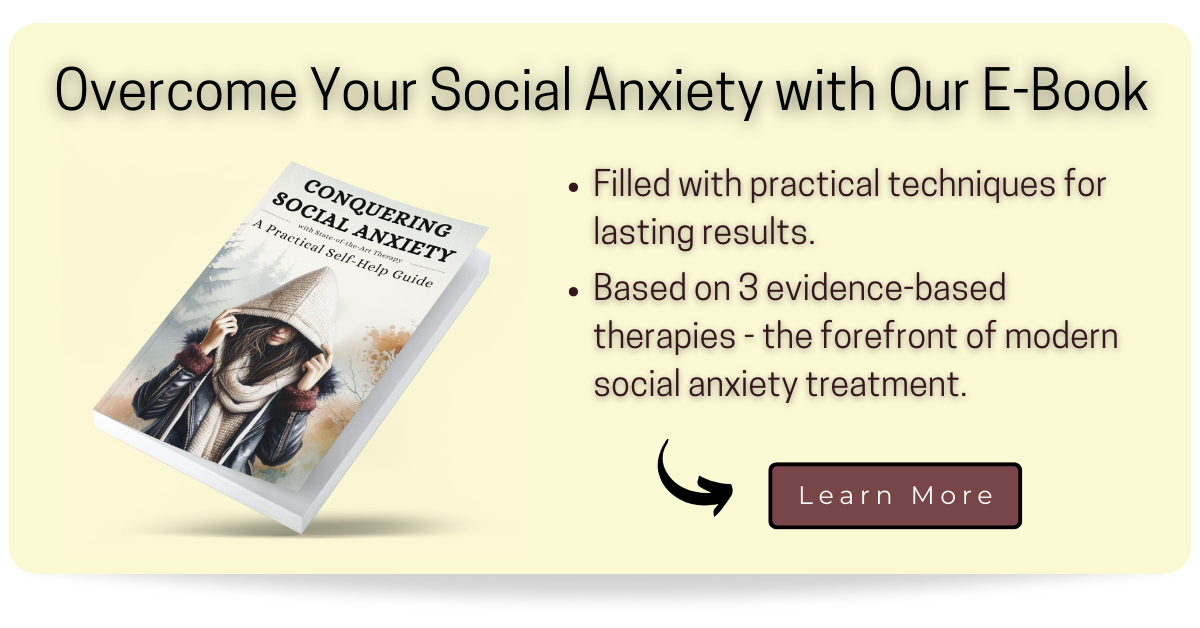
Statistics of Social Anxiety in College Students
Intuitively, most people say that social anxiety is a common phenomenon in college students.
However, what does science have to say about this? We gathered relevant investigations and calculated the average of their findings.
Taking into account several studies conducted around the globe, about 18% of college students have social anxiety disorder (social phobia), or “marked to severe social anxiety”. That is almost one in five students.
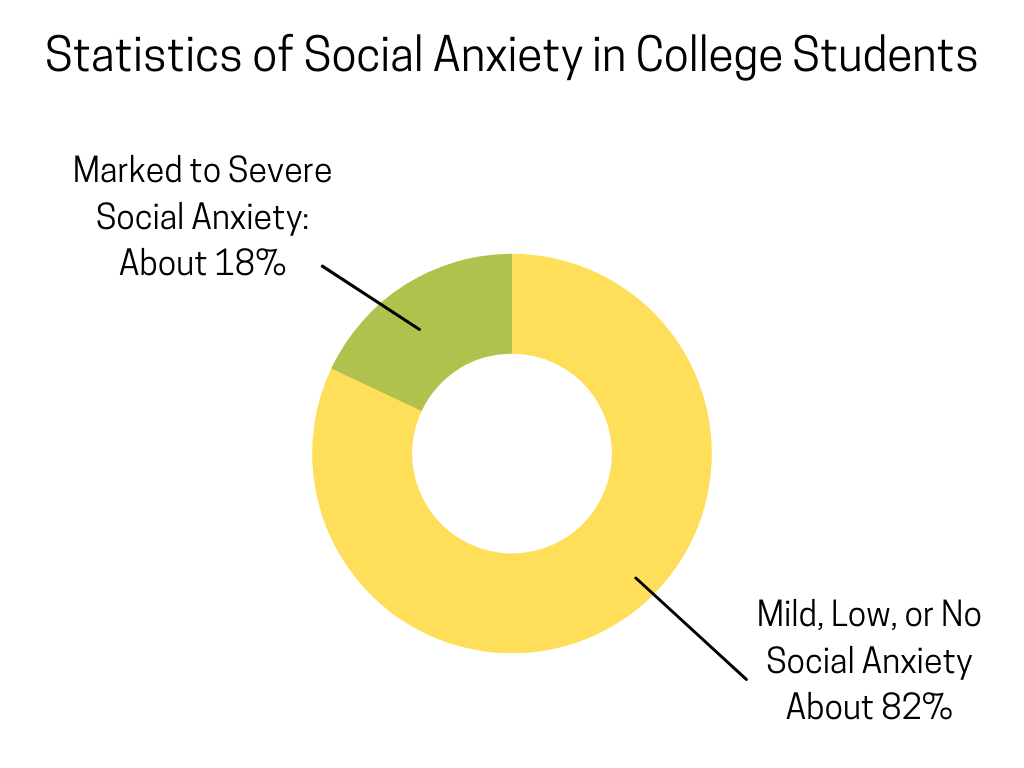
In the United Kingdom, one study conducted at a large university with a sample size of 1007 reported that around 10% had significant symptoms of social anxiety (Russell & Shaw, 2009). This was notably lower than findings in other countries, however.
For instance, studies from Swedish and Turkish colleges have found the prevalence of SAD among students to be 16.1% and 19.5%, respectively (Tillfors & Furmark, 2007; Gültekin & Dereboy, 2011).
At an Ethiopian university, researchers found that prevalence of social anxiety disorder was even higher, with 26% of the 523 students screening positive (Hajure & Abdu, 2020).
Of these 26%, about 70% had mild symptoms and 17.4% had moderate symptoms.
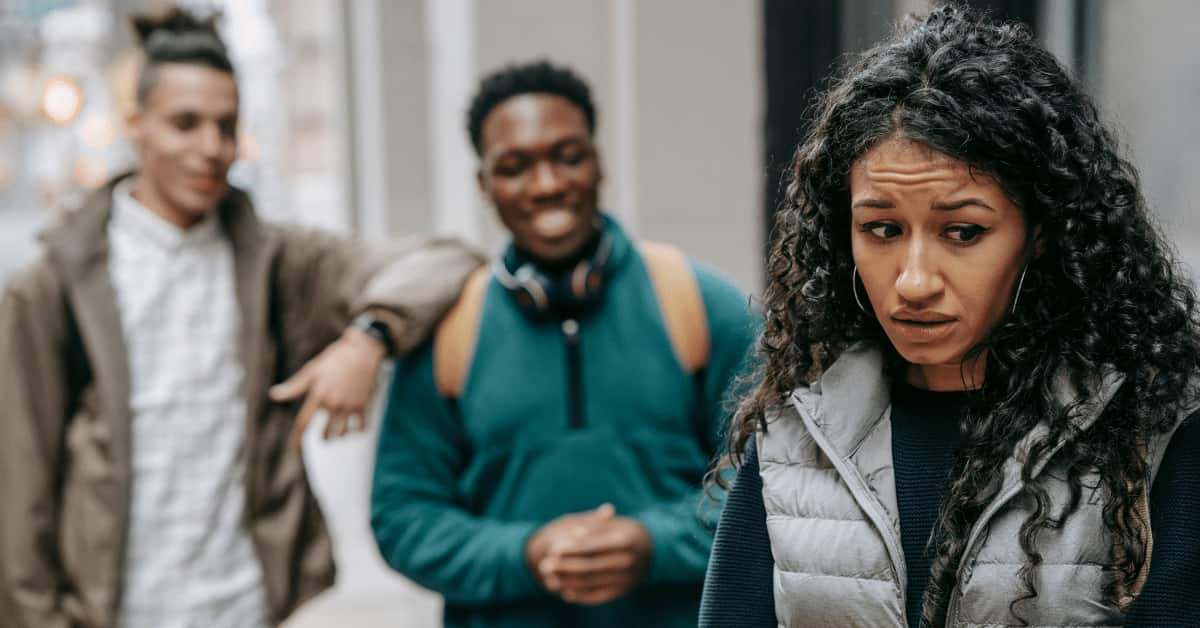
The study also found that the most frequently reported situations that triggered social anxiety were being criticized by others and attending parties. Talking to strangers was reported as the situation most frequently avoided.
The investigation also showed that the condition was more prevalent in females.
In the US, there is almost no data on the prevalence of social anxiety in college students specifically.
However, the National Institute of Mental Health estimates that 12.1 percent of all adults aged 18 and over will experience social phobia at some point in their lives (Harvard Medical School, 2007).
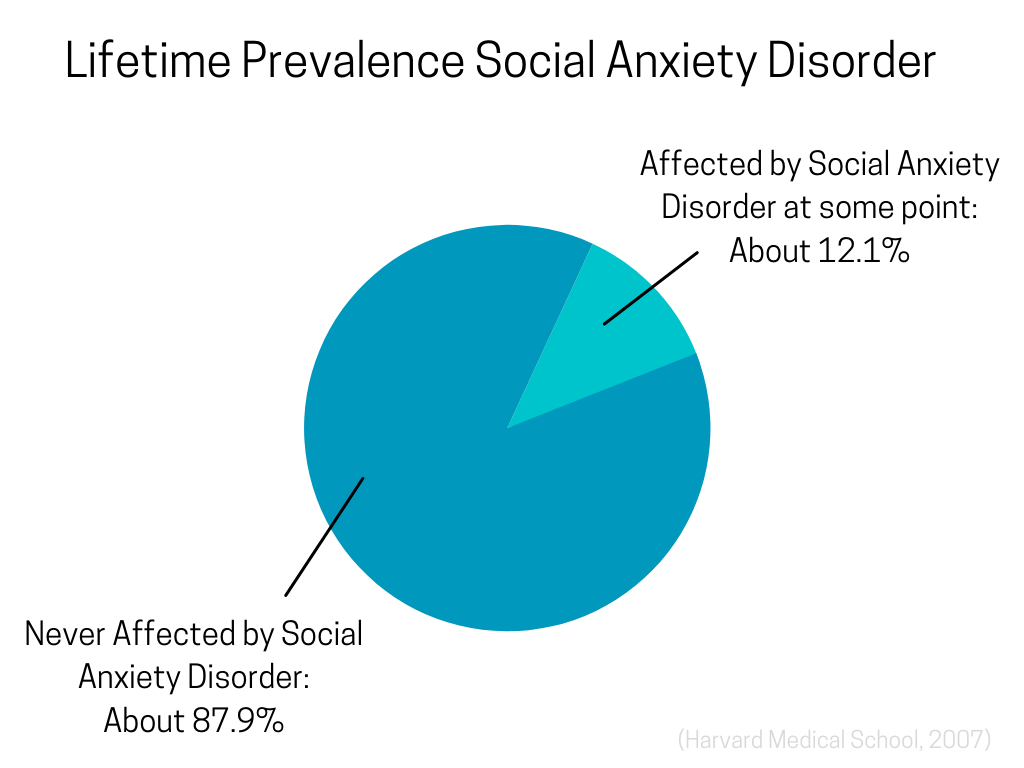
All these studies found that sufferers of SAD experience significantly lower quality of life, the details of which we will look at next.
How Does Social Anxiety Affect College Students?
As we have pointed out, satisfying relationships and social recognition are crucial elements of happiness in college students.
It is easy to see that social anxiety can represent a major obstacle to form and maintain these, affecting college students in a negative way.
College students with social anxiety disorder tend to have much less active and enjoyable social lives, lower academic scores, an increased chance of developing other mental health conditions and a greater propensity for problematic alcohol consumption.
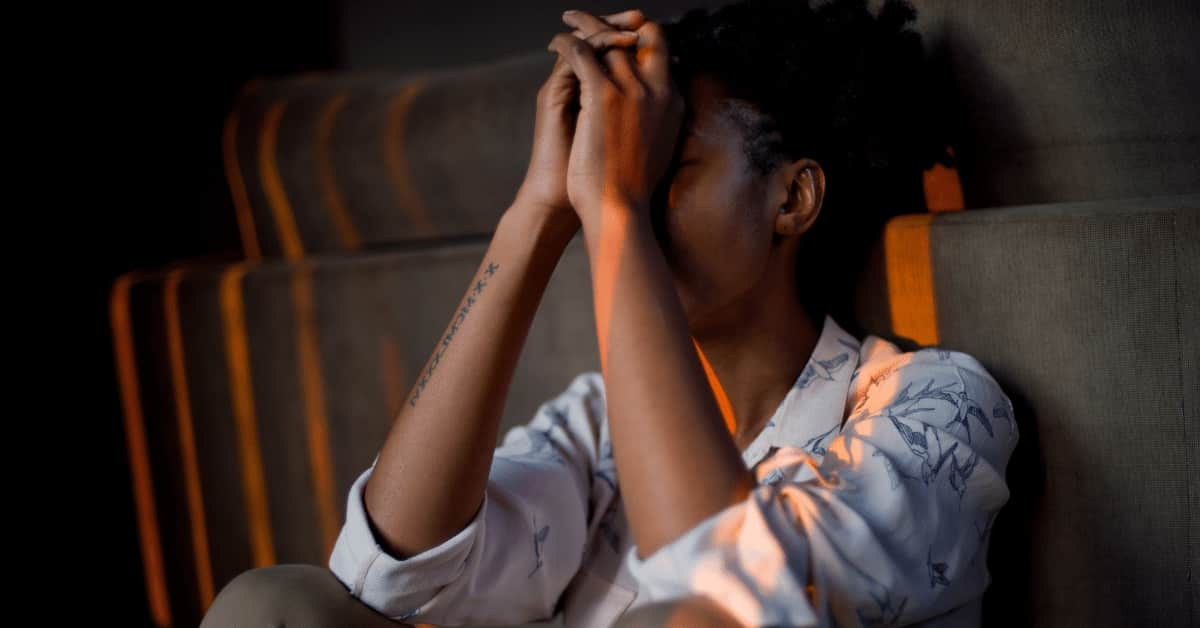
Let’s have a closer look on various life domains and see how SAD impacts them in college students.
Social Life
Levels of social anxiety seem to be directly proportional to the amount of time spent in private as opposed to being in public areas.
One study found that on evenings after school and on weekends, students with social phobia spend more time at home than anywhere else (Boukhechba, Chow, Fua, Teachman, & Barnes, 2018).
This pattern is so strong that researchers found that looking at the location data from students’ cell phone GPS trackers could predict with 85% accuracy whether the student had SAD.
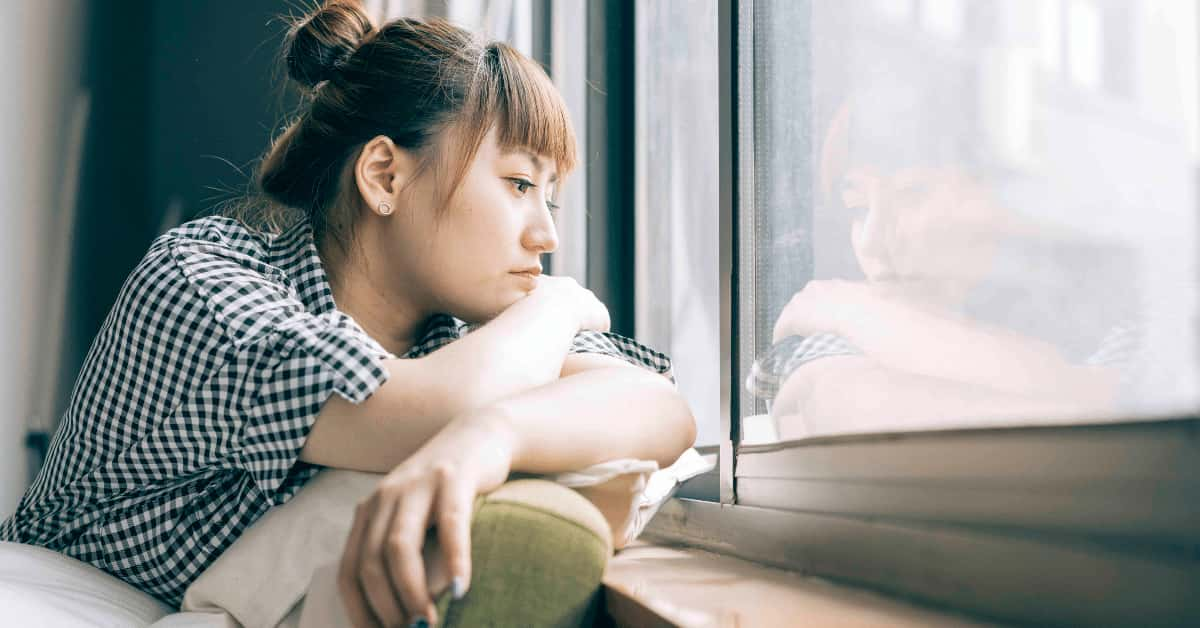
Of course, spending more time at home during evenings and weekends means less friendships and romantic relationships and worse quality friendships and romances where they do exist.
It also means less engagement in extracurricular activities like sports and other events, and less out-of-home hobbies and recreational time.
Once these patterns are established in students’ lives, it can then become even harder to participate as peers’ friendship groups have already become established.
This often leads to a vicious cycle of self-isolation.

Academic Achievement
In a study looking at the impact on undergraduate students in Saudi Arabia, researchers found that students with SAD most commonly feared “acting, performing or giving a talk in front of an audience” (Hakami et al., 2018).

For many college degrees, certain classes will require of students such participation and they may be graded on these abilities directly.
Even if not graded on performance directly, students with social anxiety will be less likely to speak up in seminars, participate in group assignments, or ask questions if they do not understand the content.
Understandably, therefore, SAD tends to negatively impact academic performance.
The same study also found that for students with SAD, “blushing in front of people” was the most commonly avoided social situation.
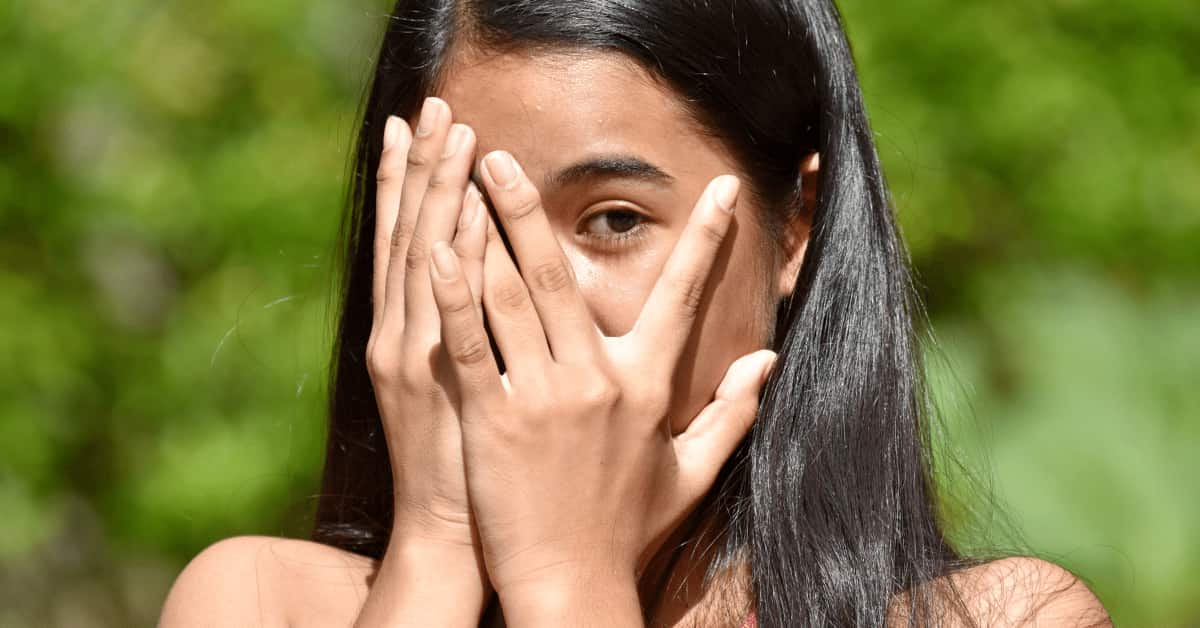
This indicates that individuals with SAD are also likely to have high ‘anxiety sensitivity’, meaning that there is a lot of fear around having anxiety symptoms.
This can occur for many reasons – worries about acute emotional pain, fainting, or long-term health damage. However, with these students, the worry was about displaying their anxiety symptoms towards other students.
If both, speaking in front of people and blushing, are commonly feared, this creates a vicious cycle of increasing anxiety and avoidant behavior that can be very hard to overcome and seriously affect academic performance.
Indeed, the statistics reflect that SAD is correlated with heightened probability of exam failure (Stein & Kean, 2000) and failure to complete the degree and graduate (Van Ameringen, Mancini, & Farvolden, 2003).
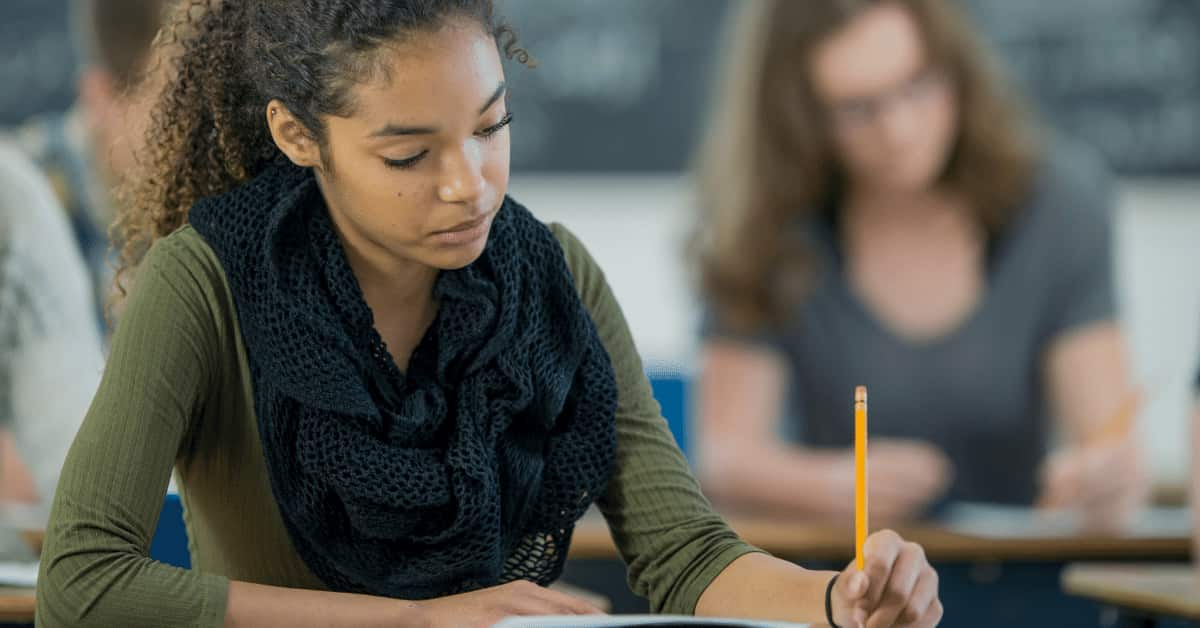
This is corroborated by studies on adolescents in school. Amongst a sample of 784 Finnish 13-17-year-olds, those with social anxiety disorder achieved a lower grade point average compared to those without (Ranta, Kaltiala-Heino, Rantanen, & Marttunen, 2009).
There is, however, some conflict in the research on college students that suggests that many manage to persist and achieve well despite their anxieties.
Further, social anxiety can be an aid (though unlikely a healthy one) in academic achievement.
Comorbidity: The Development of Further Mental Disorders
Although nonspecific to college students, studies demonstrate that social anxiety disorder has high comorbidity rates.
This means that it is likely that an SAD sufferer will develop or already has other mental disorders.
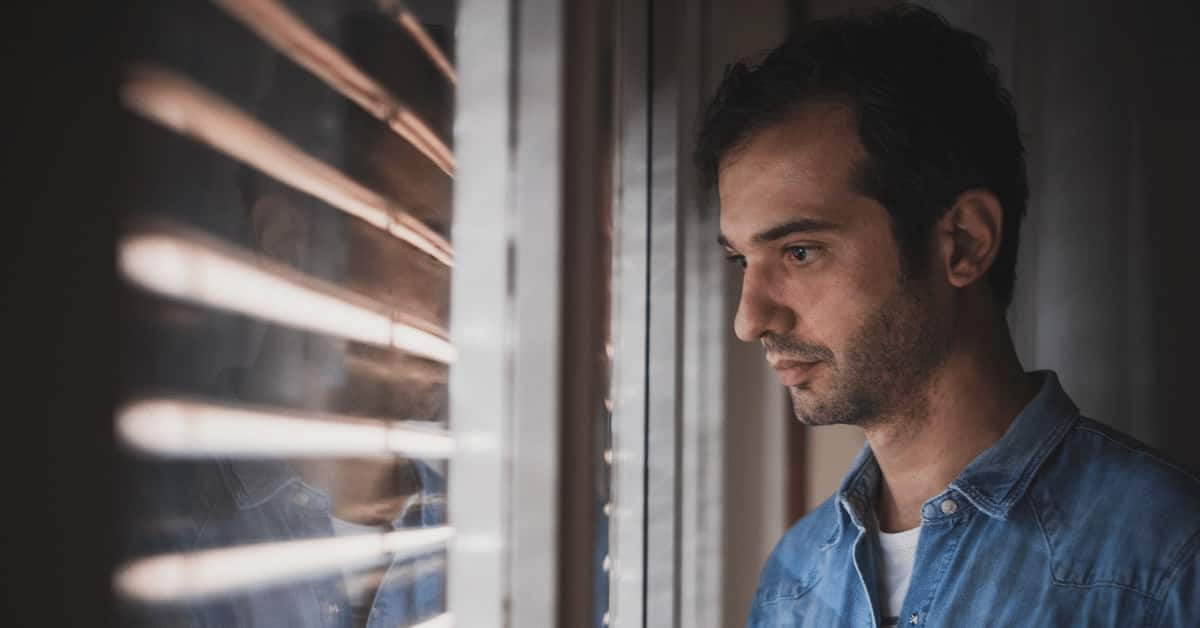
Lifetime major comorbid disorders were present in 69% of subjects with social anxiety, one study found (Schneier, Johnson, Hornig, Liebowitz, & Weissman, 1992). It also claimed that SAD tends to precede comorbid disorders, meaning it is likely that social phobia is the cause rather than other factors.
These additional disorders include major depression, alcoholism, and suicidal ideation.
Particularly salient of these comorbid disorders for college students is alcohol abuse.
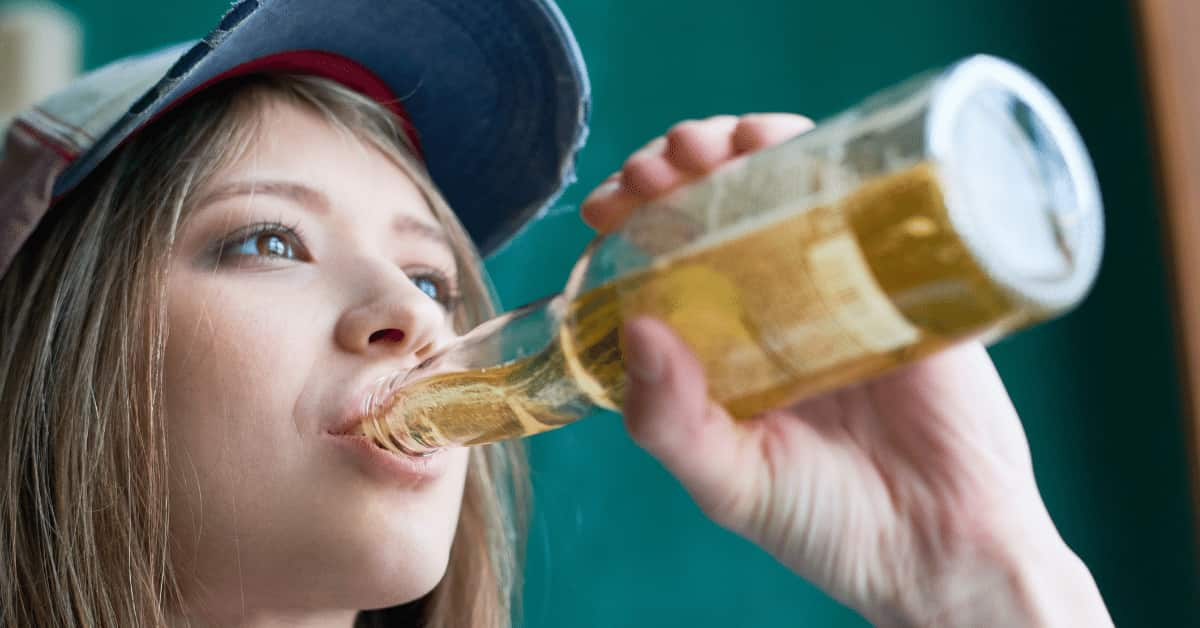
Whilst full-blown alcoholism may not be prevalent amongst students, one meta-analysis of many studies examining the relationship between social anxiety disorder and alcohol use found that SAD was “significantly positively correlated with alcohol-related problems” as well as finding that social phobia was amongst the most common motives for alcohol use, alongside conformity and coping (Schry & White, 2013).
However, SAD is negatively correlated with frequency and quantity of alcohol consumption, likely due to the general avoidance of social situations, which is where drinking tends to take place.

Causes of Social Anxiety in College Students
Nowadays, there is a general consensus among experts that mental disorders are usually caused by a unique interplay between biological, environmental, and socioeconomic factors.
It is believed that this is also the case for the causes of social anxiety disorder in college students.

College students, like anyone, may be predisposed to social anxiety through inherited genes, heightened amygdala response or lower serotonin secretion, as well as being subject to inadequate parenting or traumatic experiences. However, college can be an especially troubling time for anyone.
For a comprehensive overview on all the factors that have been shown to increase the chances of developing SAD, take a look at our article on the causes of social anxiety. The following infographic summarizes these potential causes.
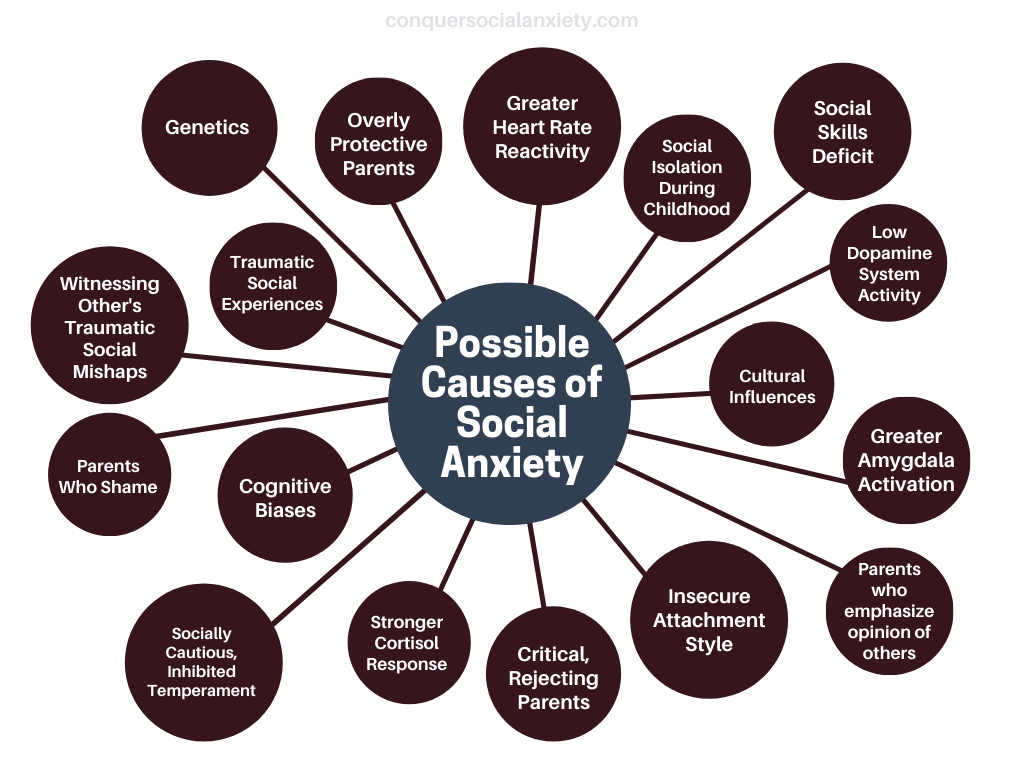
Social anxiety in college students is likely to be caused by a combination of various of the factors shown above.
College students are leaving their established friendship groups and families and perhaps moving hundreds of miles away from their home city.
Leaving those social groups in which we feel valuable and liked and having to navigate new people with different ideas and expectations can be very anxiety provoking.

Further, other anxieties around being at college – such as coursework, exams, being independent, and thinking about careers can amplify existing social phobia.
Is Social Anxiety a Disability for College?
If you are affected by social phobia, you may be wondering whether or not it qualifies as a disability in college.
All anxiety disorders are listed under the Americans with Disabilities Act of 1990 and having any one of them – including social anxiety disorder – may make you eligible for certain accommodations. These will help compensate for symptoms of your social anxiety and manage your college life with more ease.
You should first visit the disability service office of your college or send an email to the relevant department. You may also have an on-campus medical center that can help.
Each school will have slightly different systems as well as requirements for proof of your disorder. The office will inform you of the various documents you may need.

It may be up to you as to what accommodations you can request, or the department may offer them to you depending on the specifics of your difficulties.
Accommodations usually include: extra time for exams and assignments, private rooms for exams, and technological assistance.
One or all of these should help you not fall behind due to your social anxiety disorder.
Conclusion
With around one in five of college students suffering from social anxiety disorder, SAD represents one of the most common psychological conditions of our time. Therefore, there is no reason at all to believe that you are suffering alone.
The causes are wide and varied and it is never easy to identify the causing factors without therapy and the advice of a doctor or other qualified professional.

With SAD, you may be affected in your academic performance, finding it hard to participate in class, or struggling to make friends. You may even be tempted towards using alcohol as coping mechanism and you may find yourself battling with depression and other mental health symptoms at times.
All of these results are understandable and normal for college students suffering from social phobia.
However, there are lots of helpful treatments available – ranging from pharmaceutical to therapeutic interventions.
You may have to change certain lifestyle habits or regularly practice mindfulness to recover. Fortunately, many of these treatments have been proven effective in numerous scientific trials and in clinical practice.
Read our full treatment guide to learn more about your options and start enjoying your college life, instead of merely pushing through it.

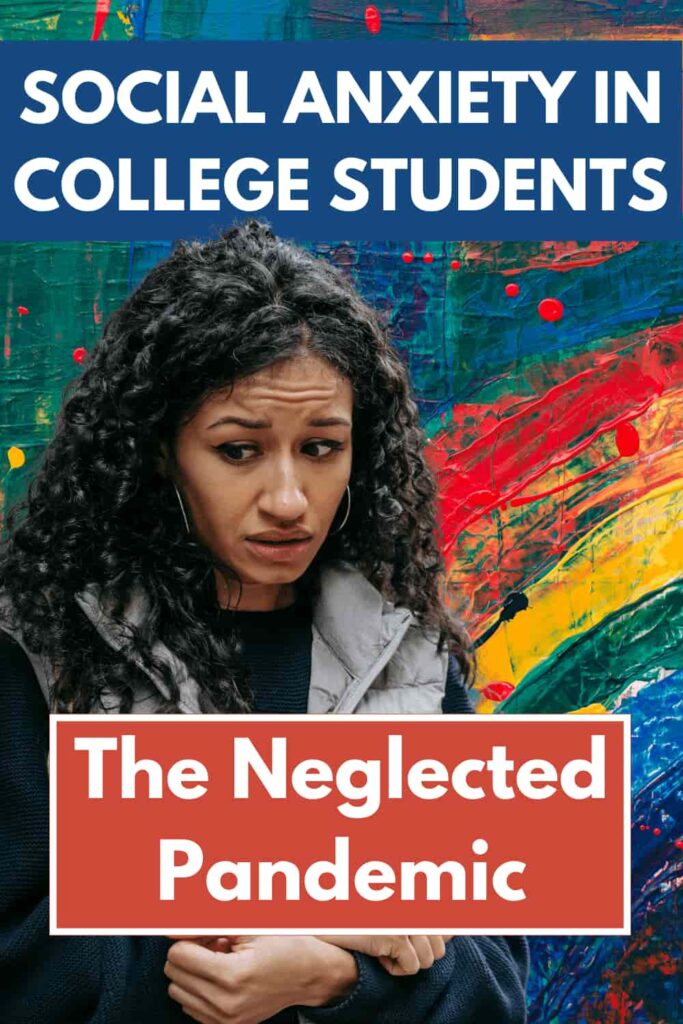
Pin | Share | Follow
[DISPLAY_ULTIMATE_SOCIAL_ICONS]
Boukhechba, M., Chow, P., Fua, K., Teachman, B. A., & Barnes, L. E. (2018). Predicting Social Anxiety From Global Positioning System Traces of College Students: Feasibility Study. JMIR mental health, 5(3), e10101. https://doi.org/10.2196/10101
Gültekin, B. K., & Dereboy, I. F. (2011). The prevalence of social phobia, and its impact on quality of life, academic achievement, and identity formation in university students. Turk psikiyatri dergisi = Turkish journal of psychiatry, 22(3), 150–158.
Hajure, M., & Abdu, Z. (2020). Social Phobia and Its Impact on Quality of Life Among Regular Undergraduate Students of Mettu University, Mettu, Ethiopia. Adolescent health, medicine and therapeutics, 11, 79–87. https://doi.org/10.2147/AHMT.S254002
Hakami, R. M., Mahfouz, M. S., Adawi, A. M., Mahha, A. J., Athathi, A. J., Daghreeri, H. H., Najmi, H. H., & Areeshi, N. A. (2018). Social anxiety disorder and its impact in undergraduate students at Jazan University, Saudi Arabia. Mental illness, 9(2), 7274. https://doi.org/10.4081/mi.2017.7274
Harvard Medical School, 2007. National Comorbidity Survey (NCS). (2017, August 21). Retrieved from https://www.hcp.med.harvard.edu/ncs/index.php. Data Table 1: Lifetime prevalence DSM-IV/WMH-CIDI disorders by sex and cohort.
Kilford, E. J., Garrett, E., & Blakemore, S. J. (2016). The development of social cognition in adolescence: An integrated perspective. Neuroscience and biobehavioral reviews, 70, 106–120. https://doi.org/10.1016/j.neubiorev.2016.08.016
Ranta, K., Kaltiala-Heino, R., Rantanen, P., & Marttunen, M. (2009). Social phobia in Finnish general adolescent population: prevalence, comorbidity, individual and family correlates, and service use. Depression and anxiety, 26(6), 528–536. https://doi.org/10.1002/da.20422
Russell, G., & Shaw, S. (2009). A study to investigate the prevalence of social anxiety in a sample of higher education students in the United Kingdom. Journal of Mental Health, 18(3), 198–206. https://doi.org/10.1080/09638230802522494
Schneier, F. R., Johnson, J., Hornig, C. D., Liebowitz, M. R., & Weissman, M. M. (1992). Social phobia. Comorbidity and morbidity in an epidemiologic sample. Archives of general psychiatry, 49(4), 282–288. https://doi.org/10.1001/archpsyc.1992.01820040034004
Schry, A. R., & White, S. W. (2013). Understanding the relationship between social anxiety and alcohol use in college students: a meta-analysis. Addictive behaviors, 38(11), 2690–2706. https://doi.org/10.1016/j.addbeh.2013.06.014
Stein, M. B., & Kean, Y. M. (2000). Disability and quality of life in social phobia: epidemiologic findings. The American journal of psychiatry, 157(10), 1606–1613. https://doi.org/10.1176/appi.ajp.157.10.1606
Tillfors, M., & Furmark, T. (2007). Social phobia in Swedish university students: prevalence, subgroups and avoidant behavior. Social psychiatry and psychiatric epidemiology, 42(1), 79–86. https://doi.org/10.1007/s00127-006-0143-2
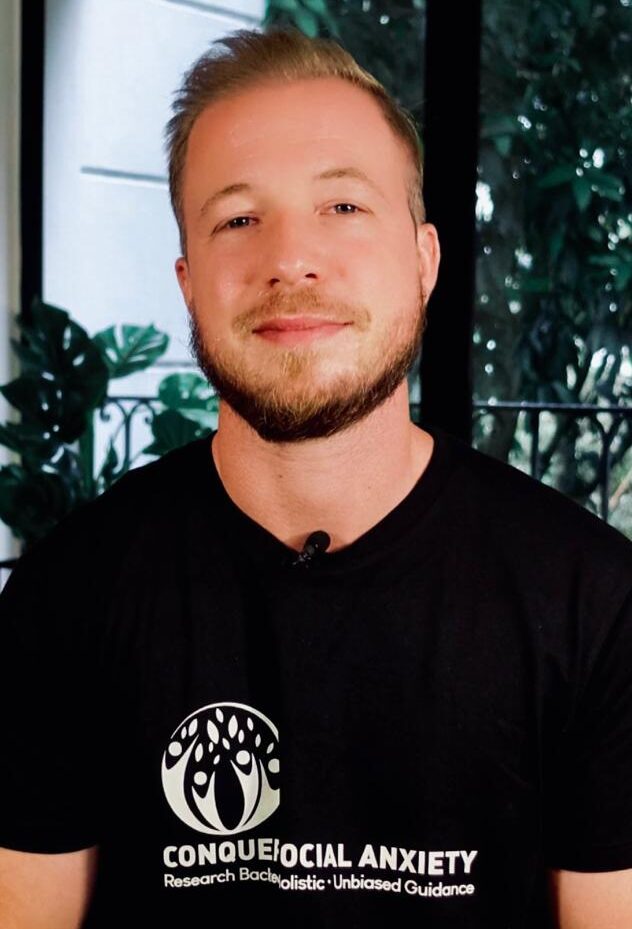
About the Author: Martin Stork
Martin is a professional psychologist with a background in physical therapy. He has organized and led various support groups for people with social anxiety in Washington, DC and Buenos Aires, Argentina. He is the founder of Conquer Social Anxiety Ltd, where he operates as a writer, therapist and director. You can click here to find out more about Martin.
This piece was co-authored by George Lestner. You can find George on LinkedIn by clicking here.
